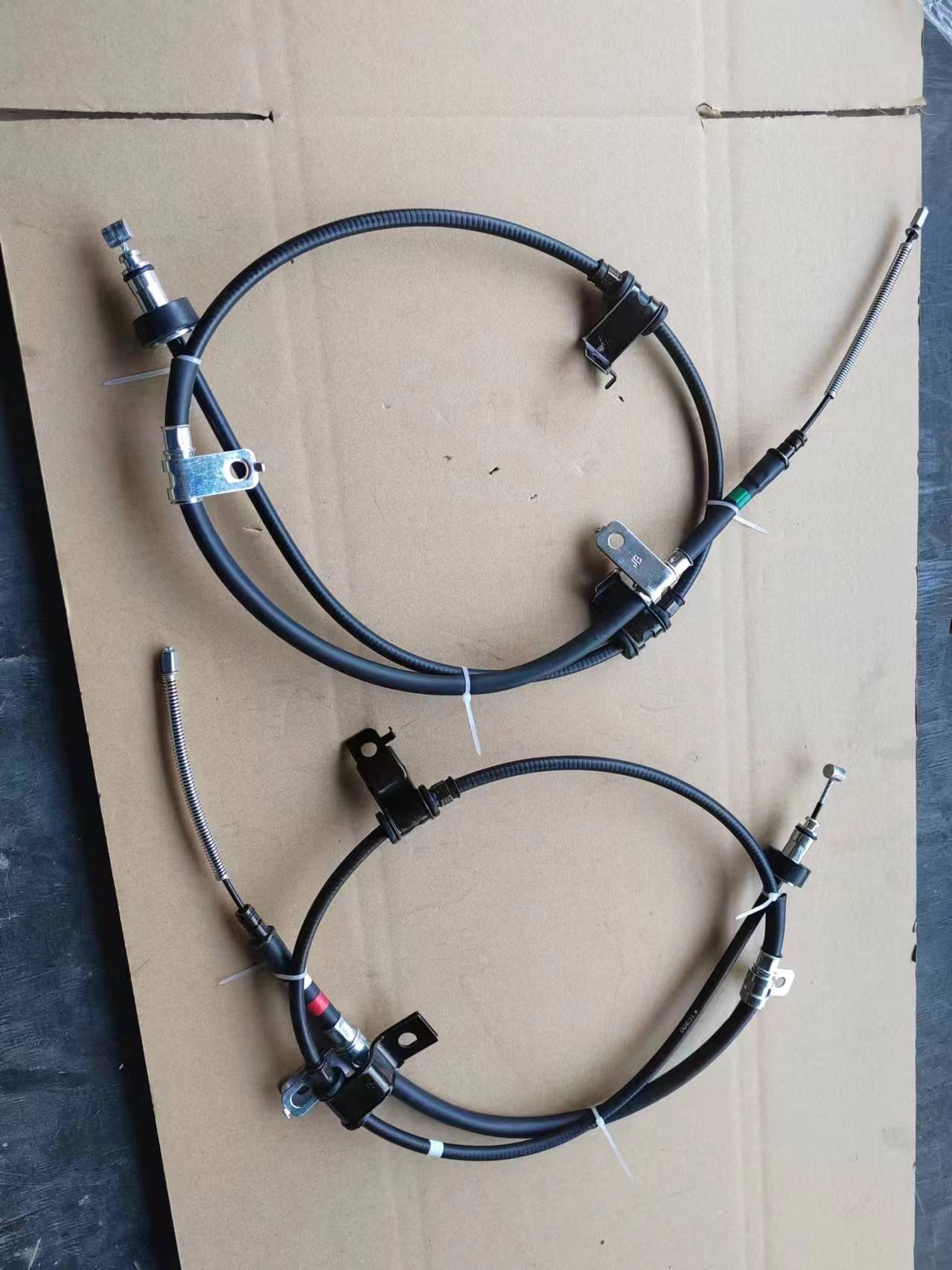Versatile Hydraulic Clutch Line Solutions for Improved Performance and Reliability in Various Applications
Universal Hydraulic Clutch Line A Comprehensive Overview
In the world of automotive engineering, one of the pivotal components ensuring smooth and efficient operation of a vehicle is the clutch system. The universal hydraulic clutch line plays a significant role in the functionality of modern vehicles, particularly those with manual transmissions. This article delves into the nuances of universal hydraulic clutch lines, exploring their design, functionality, applications, and benefits.
Understanding the Hydraulic Clutch System
At its core, a hydraulic clutch system operates on the principles of fluid mechanics. The hydraulic clutch line connects the clutch master cylinder to the slave cylinder, serving as a conduit for hydraulic fluid. When the driver depresses the clutch pedal, the master cylinder generates hydraulic pressure, which is transmitted through the fluid to the slave cylinder, engaging or disengaging the clutch. This system enhances the precision of the clutch operation, allowing for smoother gear transitions compared to traditional mechanical linkages.
Design of Universal Hydraulic Clutch Lines
Universal hydraulic clutch lines are specifically designed for compatibility across a wide range of vehicles. These lines are typically crafted from high-quality materials like reinforced rubber or stainless steel to withstand the pressures and temperatures associated with hydraulic systems. The design must also accommodate variations in vehicle specifications, such as fitting sizes and routing paths, making universal options versatile for aftermarket applications.
One of the significant features of universal hydraulic clutch lines is their ability to endure extreme conditions without compromising performance
. They are often engineered to resist wear, corrosion, and pressure fluctuations, ensuring longevity and reliability. Moreover, many manufacturers offer adjustable lengths and fittings, allowing for customization during installation.Applications and Benefits
universal hydraulic clutch line

Universal hydraulic clutch lines are widely utilized in both performance and everyday vehicles. Enthusiasts often prefer hydraulic systems for their responsiveness and ease of use, particularly in racing and off-road applications where precise control is paramount. In everyday driving situations, these systems provide a more effortless engagement and disengagement, enhancing the overall driving experience.
The use of a hydraulic system over mechanical linkages offers several advantages. Firstly, it reduces the pedal effort required by the driver, which is particularly beneficial in stop-and-go traffic conditions. Additionally, a hydraulic system is less prone to wear and tear since it has fewer moving parts, translating to lower maintenance requirements and increased reliability.
Installation and Maintenance
Installing a universal hydraulic clutch line can be achieved with basic automotive tools, making it accessible for both professional mechanics and DIY enthusiasts. Proper installation is crucial to avoid leaks and ensure optimal functionality. It's essential to follow the manufacturer's instructions and check for compatibility with the vehicle’s brake system to prevent any hydraulic issues.
Maintenance of hydraulic clutch lines primarily involves periodic inspections for leaks, wear, and damage. Regularly checking the hydraulic fluid level and quality is also vital, as degraded fluid can lead to braking and clutch performance issues. Replacing the hydraulic fluid according to the manufacturer’s specifications can help maintain the system’s efficiency.
Conclusion
The universal hydraulic clutch line is an essential component in modern automotive design, providing drivers with enhanced control, comfort, and performance. As vehicles continue to evolve, the importance of reliable and efficient clutch systems will remain paramount. With their versatility and robust design, universal hydraulic clutch lines are set to serve an integral role in the future of automotive technology, ensuring that vehicle performance meets the increasing demands of drivers worldwide. Whether in casual driving or high-performance settings, these clutch lines continue to be a testament to the advancements in automotive engineering.
-
Upgrade Your Vehicle with High-Quality Handbrake CablesNewsNov.01,2024
-
Optimize Your Bike's Performance with Quality CablesNewsNov.01,2024
-
Enhance Your Vehicle's Performance with Quality Clutch ComponentsNewsNov.01,2024
-
Elevate Your Vehicle's Performance with Quality Throttle CablesNewsNov.01,2024
-
Elevate Your Vehicle's Performance with Quality CablesNewsNov.01,2024
-
Affordable Solutions for Your Cable NeedsNewsNov.01,2024
